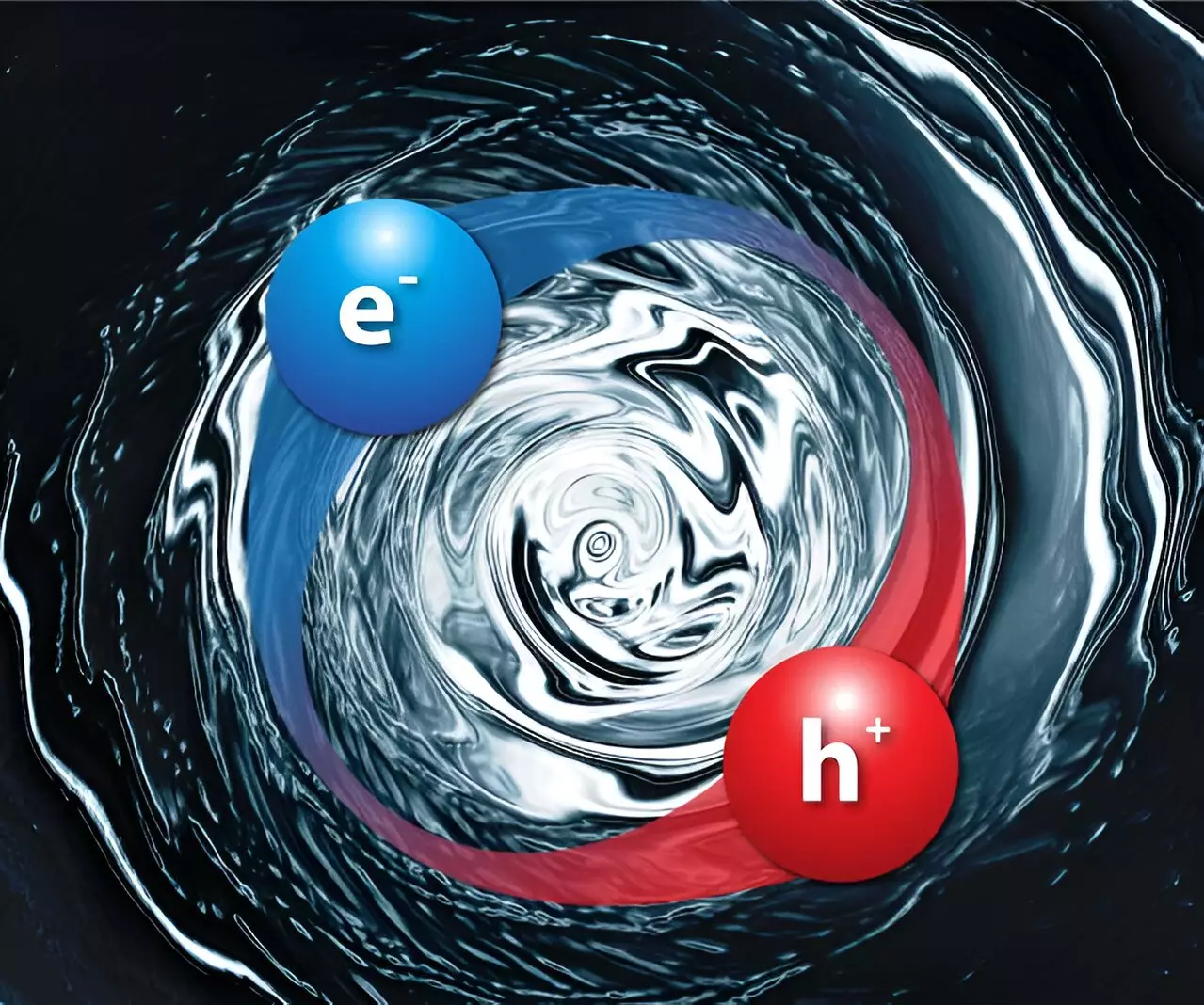In a groundbreaking study published in the Proceedings of the National Academy of Sciences, researchers Bruno Uchoa and Hong-yi Xie from the University of Oklahoma have made a significant leap in condensed matter physics. Their work predicts the existence of a new form of exciton, termed the “topological exciton,” which could have far-reaching implications for the development of next-generation quantum devices. This discovery is not merely a step forward in theoretical physics; it opens up new pathways toward innovative applications in technology by leveraging unique properties of these excitons.
Excitons are fascinating quasi-particles formed when an electron and its corresponding hole, the absence left by the electron in a material’s electronic structure, bind together. These entities have been observed primarily in insulators and semiconductors, materials integral to the functioning of today’s technology. Their interaction provides a means of transferring energy across materials, crucial for processes like photoelectric effect and photonics. Uchoa and Xie’s research elevates the concept of excitons by introducing the notion of topological excitons, which are anticipated to inherit unique characteristics from their host materials, specifically Chern insulators.
Chern insulators represent a special class of materials characterized by their remarkable topological properties. Distinct from conventional conductors and insulators, Chern insulators allow electrons to flow along their edges without the internal conduction of electricity. This one-way flow creates an exciting avenue for exploring the behavior of electrons under specific circumstances, and Uchoa and Xie’s prediction indicates that excitons formed in these materials could possess similarly intriguing properties. This relationship between excitons and the host material could catalyze advances in quantum technology, particularly in the areas of optoelectronics and quantum communication.
At the core of their discovery lies the concept of topology, a mathematical consideration of properties invariant to deformations like stretching or bending. When light interacts with Chern insulators, it excites electrons from the valence to the conduction band. Uchoa explains that if these bands are topologically distinct, the excitons formed will exhibit nontrivial topological characteristics. Upon decaying, these excitons are predicted to emit circularly polarized light, observable in a manner that could serve practical applications. This unique light emission signature could be manipulated to create specialized light sources essential for quantum applications.
The implications of topological excitons extend well beyond theoretical intrigue. One of the most promising applications lies in the realization of a new type of neutral superfluid at cryogenic temperatures. Uchoa and Xie suggest that these excitons could serve as the basis for innovative photonic devices capable of generating polarized light—a critical component for the functioning of quantum computers and communication systems. Furthermore, the properties of the emitted circularly polarized light could allow for the engineering of qubits, including the creation of qubits that utilize vorticity or polarization states for entangled operation. This could revolutionize the way information is processed and communicated within quantum systems.
The research conducted by Uchoa and Xie signifies a pivotal moment in condensed matter physics, proffering a new framework to explore excitons through the lens of topology. As the realm of quantum devices continues to evolve, understanding and harnessing these topological excitons could be fundamental to realizing the full potential of quantum technologies. Their findings highlight the intersection of theoretical exploration and practical application, charting a course towards novel technologies that leverage the intricate properties of matter at its most elementary level. As scientists continue to investigate and comprehend these concepts, we may well see a transformation in how we approach computing and communication in the quantum age.


Leave a Reply